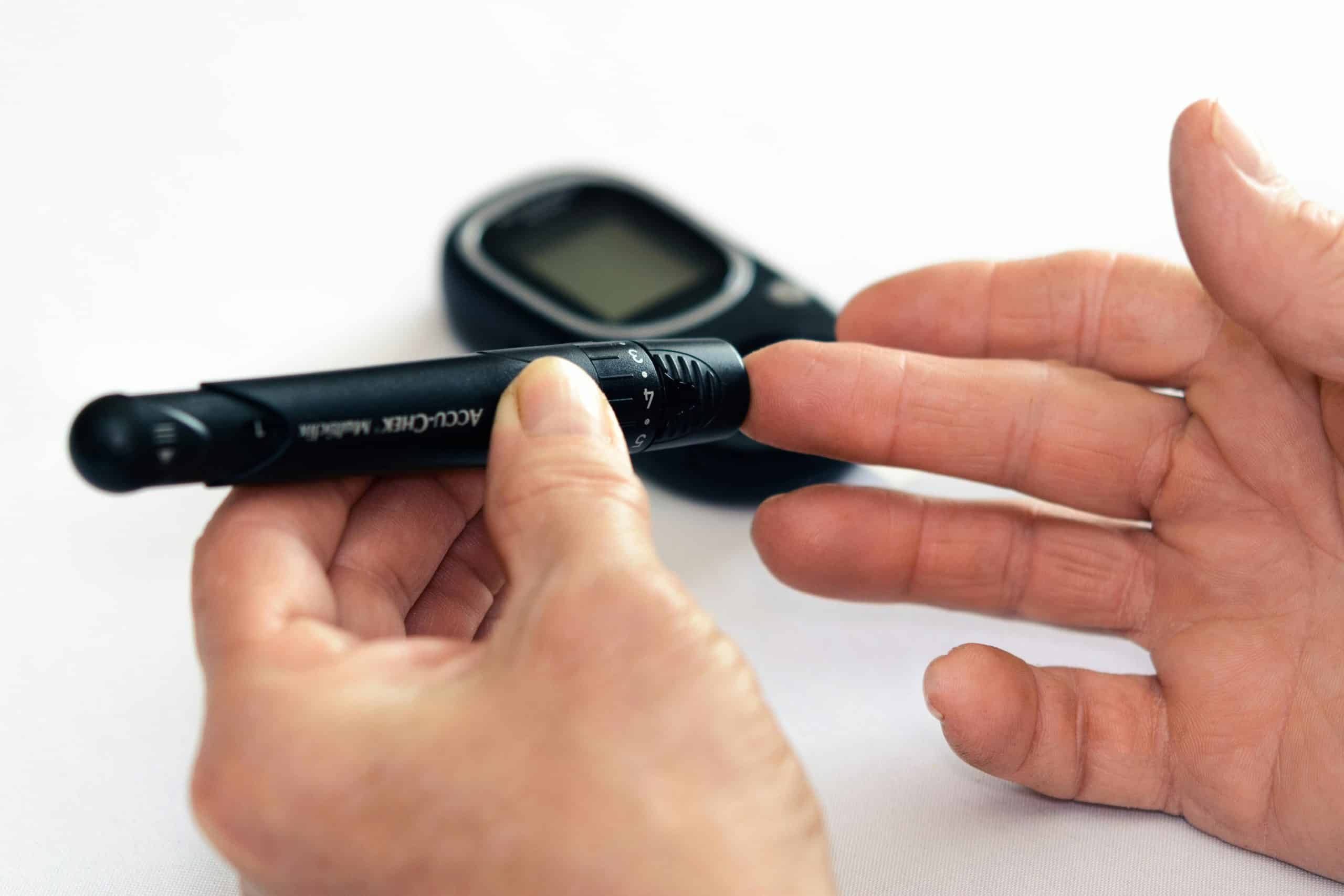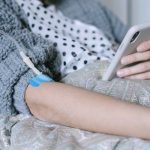Diabetic foot ulcers are an increasingly common complication that many individuals with diabetes face. As you may be aware, these troublesome wounds can become breeding grounds for bacterial growth. This can further complicate the treatment and healing process. However, recent scholarly investigations have turned towards the use of silver nanoparticles, or AgNPs, in wound treatment. Silver has long been known for its antibacterial activity, and with the advent of nanotechnology, it can now be delivered effectively to treat even the most stubborn wounds.
For those unacquainted with the term, silver nanoparticles (AgNPs) are minute particles of silver, often used in antimicrobial treatments. With the increased focus on AgNPs, we will discuss its application in wound dressing, specifically in the form of silver nanoparticle-infused clothing. This article will delve into the matter, drawing information from reputable sources including Google Scholar.
This might interest you : How Can Art Therapy Facilitate Emotional Expression in Non-Verbal Autistic Children?
The Power of Silver in Wound Healing
Since antiquity, silver has been used in numerous applications due to its potent antibacterial properties. It is capable of inhibiting bacterial growth, making it a highly sought-after component in wound treatment.
The advent of nanotechnology has allowed the creation of silver nanoparticles, incredibly tiny particles of silver, that can be infused into fabrics. These nanoparticles have shown immense promise in antibacterial applications due to their ability to disrupt bacterial cell walls, leading to the death of the bacteria.
Topic to read : Unlock your beauty potential with premium supplements
Moreover, silver nanoparticles have displayed an extended release time, meaning they can continually deliver silver ions to the wound site for a sustained period. This continual delivery is especially beneficial for long-term wound treatment, such as diabetic foot ulcers, as it provides continuous antibacterial activity.
Silver Nanoparticles and Bacterial Growth
When treating wounds, one of the primary concerns is preventing bacterial growth, which can lead to infection and delay the healing process.
Research has shown that silver nanoparticles demonstrate effective antibacterial activity. In a study conducted on E. coli, a prevalent bacteria, AgNPs significantly inhibited the growth of the bacteria. It managed to not only kill off existing bacteria but also prevented further growth. The treated E. coli samples showed a significant decrease in bacterial colonies, demonstrating the potency of AgNPs.
In addition to E. coli, AgNPs have also demonstrated effectiveness against a variety of other bacterial strains. Therefore, AgNPs-infused clothing could potentially provide a broad spectrum of protection against various forms of bacterial growth in wounds.
Application of Silver Nanoparticle-Infused Clothing in Healing Diabetic Foot Ulcers
In the realm of wound healing, AgNPs-infused clothing stands as a promising solution. For people with diabetic foot ulcers, silver nanoparticle-infused socks or bandages could prove beneficial.
When applied directly to the wound, the silver nanoparticle-infused clothing releases silver ions at the wound site. As we’ve discussed, these ions are highly effective at killing and inhibiting bacterial growth. By applying this clothing, the wound is continually exposed to these antibacterial agents, promoting a clean environment for wound healing.
Moreover, AgNPs-infused clothing is convenient and easy to use. The patient can go about their day with the wound being continually treated, without the need to change dressings or apply topical ointments frequently.
Current Research and Future Prospects
The use of silver nanoparticles in wound treatment is still a relatively new field. However, the results so far have been promising.
Scholars and researchers worldwide are conducting studies to evaluate the effectiveness and safety of AgNPs-infused clothing in wound treatment. Many of these studies have demonstrated positive results, with AgNPs effectively inhibiting bacterial growth and promoting wound healing.
Despite the promise shown in these early studies, more extensive research is needed to understand the full potential and limitations of AgNPs in wound treatment. With time, we can expect to see more refined and effective applications of this technology in the field of wound care.
Silver Nanoparticles: A New Hope for Chronic Wounds
Chronic wounds, such as diabetic foot ulcers, are a significant health concern worldwide. They are challenging to treat due to the persistent inflammation, bacterial colonization, and impaired wound closure. However, the application of AgNPs-infused clothing presents an innovative approach to treating these stubborn wounds.
Through extensive research available on Google Scholar, Crossref PubMed, and numerous other scholarly databases, we have discovered that silver nanoparticles’ antibacterial activity is unmatched. When integrated into wound dressings such as socks or bandages, the silver nanoparticles consistently release silver ions at the wound site. This sustained release ensures that the wound is continuously exposed to an antibacterial agent, thereby preventing the growth of harmful bacteria and promoting wound healing.
Moreover, silver nanoparticles have shown potential in treating full-thickness wounds that often accompany diabetes mellitus. On application, they permeate through the thick wound bed and deliver a potent dose of antibacterial agents, thus effectively killing off deep-seated bacteria.
The convenience of AgNPs-infused clothing further enhances its appeal. Patients can simply wear these items, such as socks for a foot ulcer, allowing for a continual and non-invasive treatment. This user-friendly approach to wound care can significantly alleviate the burden of frequent dressing changes and application of topical ointments.
Conclusion: Silver Nanoparticles in Wound Care – A Promising Future
The advent of silver nanoparticle technology in wound care has opened a new chapter in the management of chronic wounds. These potent, tiny particles of silver when infused in clothing items have shown exceptional promise in inhibiting bacterial growth and promoting wound healing.
The sustained release of silver ions from the AgNPs-infused clothing ensures a clean environment for the wound, encouraging its closure. From treating bacterial colonies in E. coli to full-thickness diabetic foot ulcers, the antibacterial activity of silver nanoparticles is proving to be a game-changer in wound treatment.
However, it’s crucial to remember that this is still a burgeoning field. As per the studies available on Google Scholar and Crossref PubMed, the initial results are promising, but extensive research is still required to fully comprehend AgNPs’ potential and limitations. But with time and continued scientific investigation, we can look forward to more refined and effective applications of silver nanoparticles in wound care.
In conclusion, silver nanoparticle-infused clothing could well be the future of wound care. By harnessing the antimicrobial activity of silver in an easy-to-use format, we may be on the brink of a significant breakthrough in managing and treating chronic wounds such as diabetic foot ulcers.











